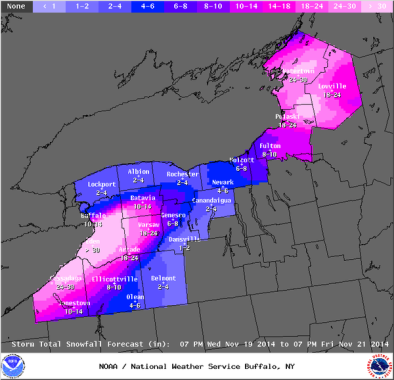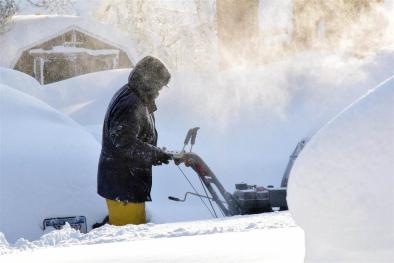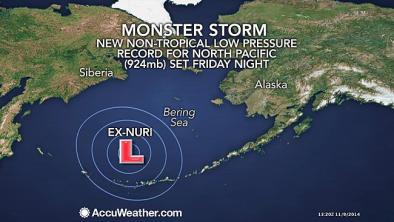Science Source
Temporal and Spatial Variability of Great Lakes Ice Cover, 1973–2010
- Investigates temporal and spatial variability of ice cover in the Great Lakes using historical satellite measurements from 1973 to 2010
- Constructs the seasonal cycle of ice cover for all the lakes, including Lake St. Clair
- Finds a unique feature in the seasonal cycle, that the standard deviations (i.e., variability) of ice cover are larger than the climatological means for each lake
- Holds that this indicates that Great Lakes ice cover experiences large variability in response to predominant natural climate forcing and has poor predictability
- Uses spectral analysis to show that lake ice has both quasi-decadal and interannual periodicities of ~8 and ~4 yr
- Finds there was a significant downward trend in ice coverage from 1973 to the present for all of the lakes, with Lake Ontario having the largest, and Lakes Erie and St. Clair having the smallest
- Results show the translated total loss in lake ice over the entire 38-yr record varies from 37% in Lake St. Clair (least) to 88% in Lake Ontario (most), and the total loss for overall Great Lakes ice coverage is 71%, while Lake Superior places second with a 79% loss
- Analysis shows that a major response of ice cover to atmospheric forcing is in phase in all six lakes, accounting for 80.8% of the total variance
- Analysis shows that lake ice mainly responds to the combined Arctic Oscillation and El Niño–Southern Oscillation patterns
Related Content
Science Source
| Geophysical Research Letters
Distinctive climate signals in reanalysis of global ocean heat content
Balmaseda, Magdalena A., Trenberth et al
Headline

Feb 15, 2016 | MPR News
Buffalo mega snowstorm tied to climate change?
Headline

Feb 15, 2016 | NBC News
Freezing on East Coast? Blame a Super Typhoon and Maybe Global Warming
Headline

Feb 15, 2016 | AccuWeather
Monster Storm Becomes Strongest on Record for Alaska


